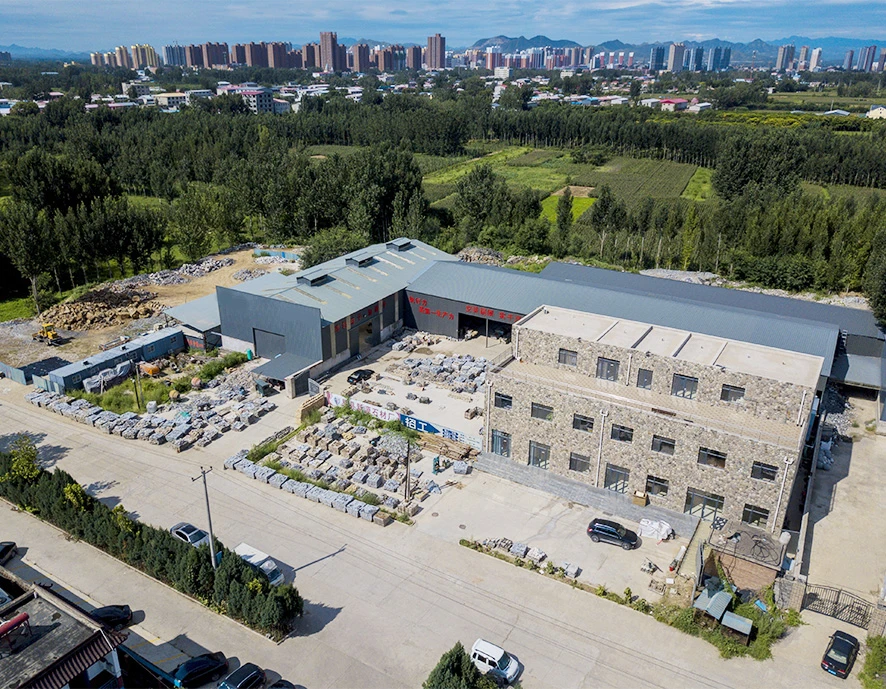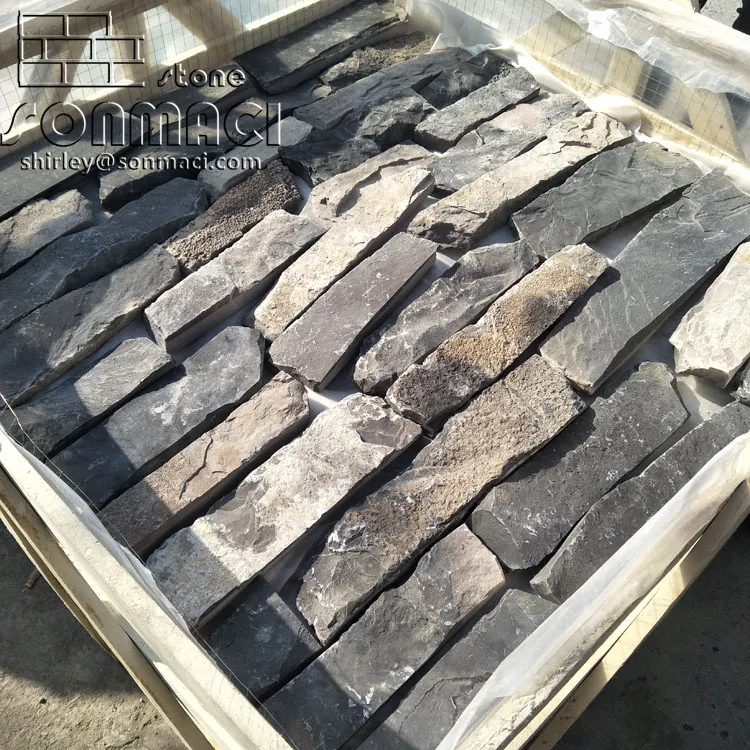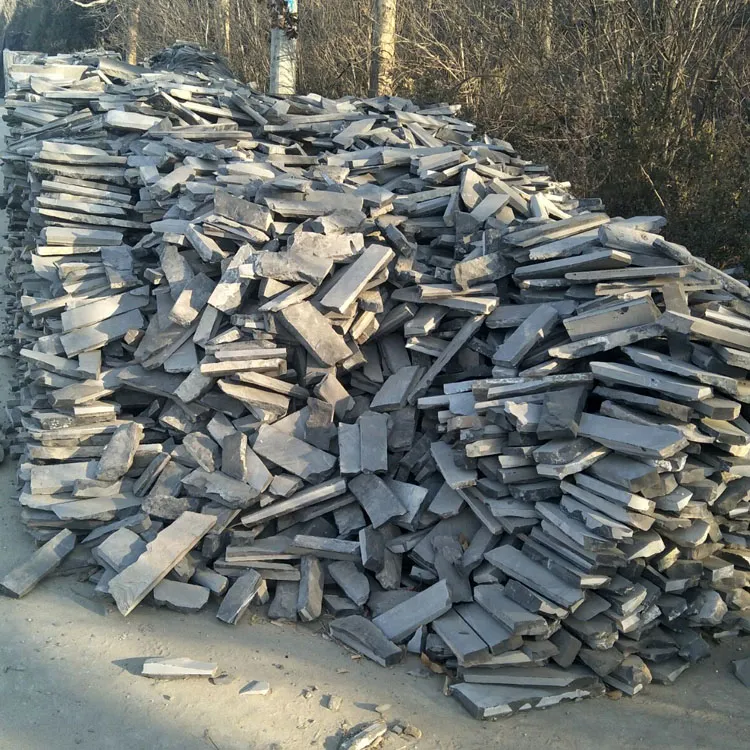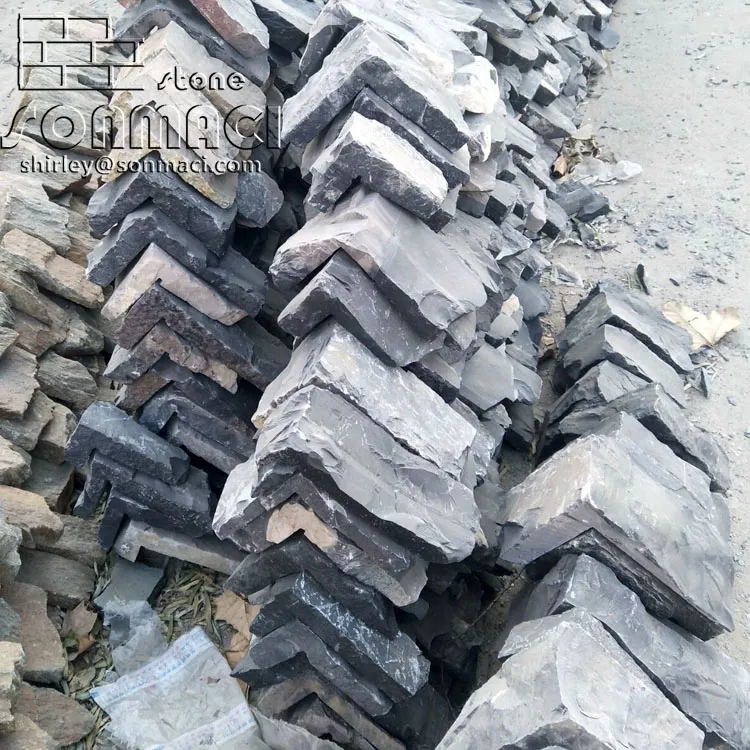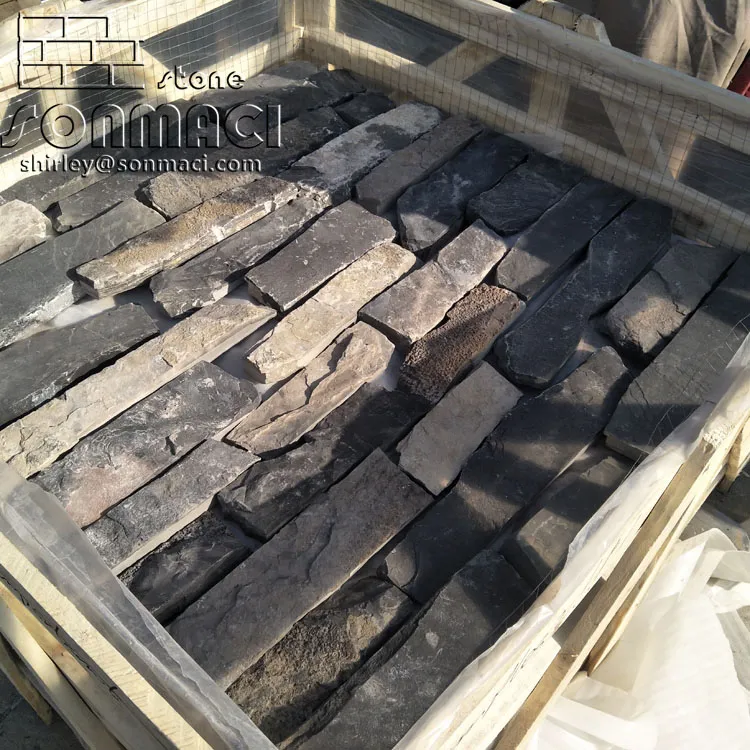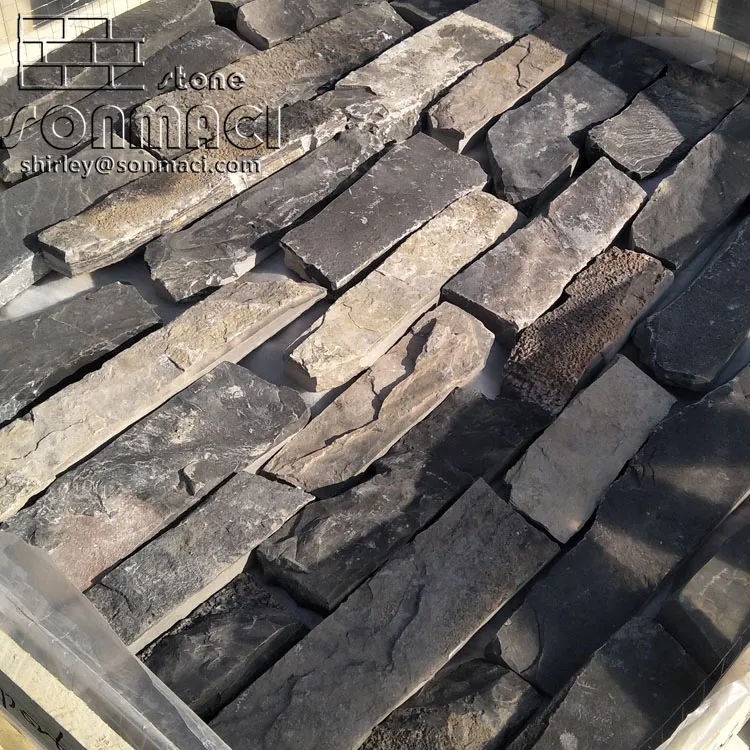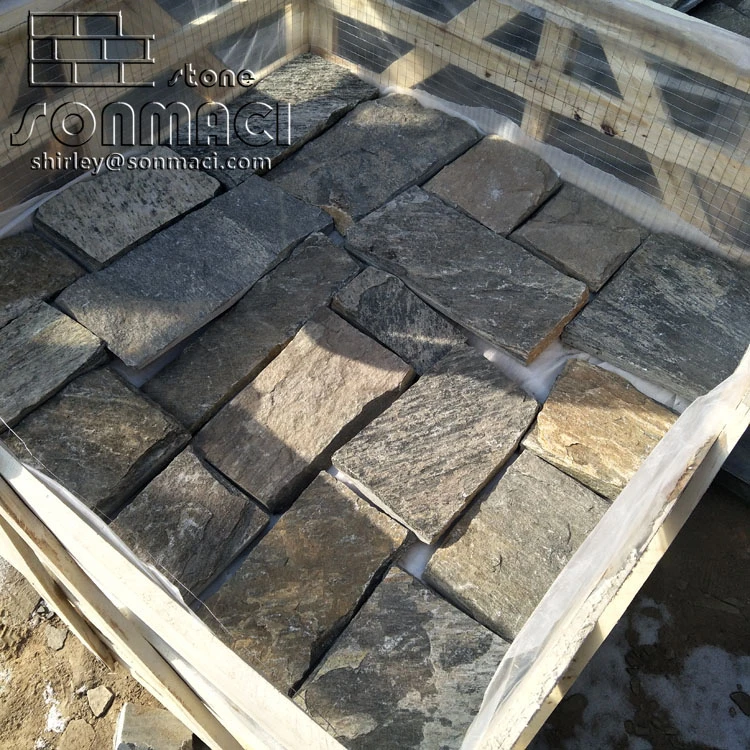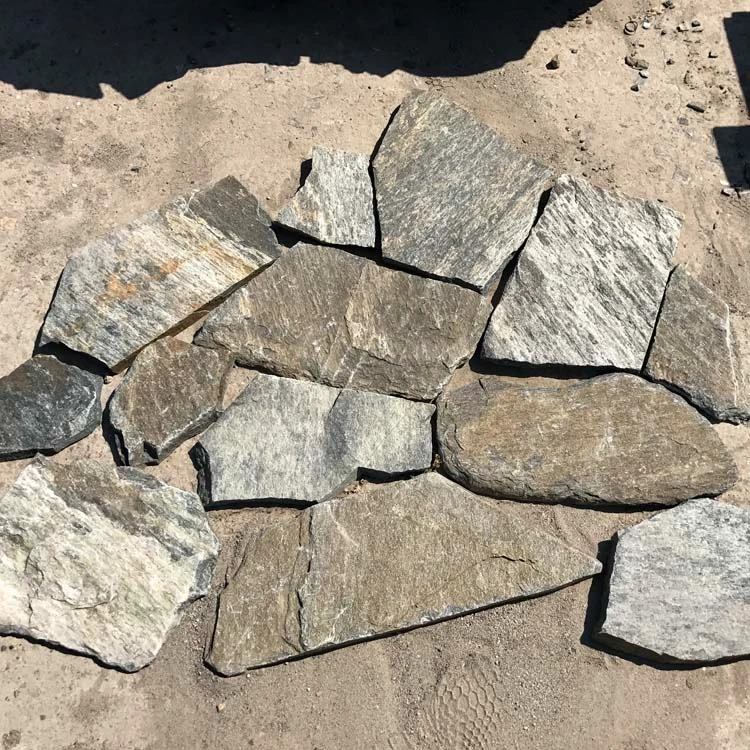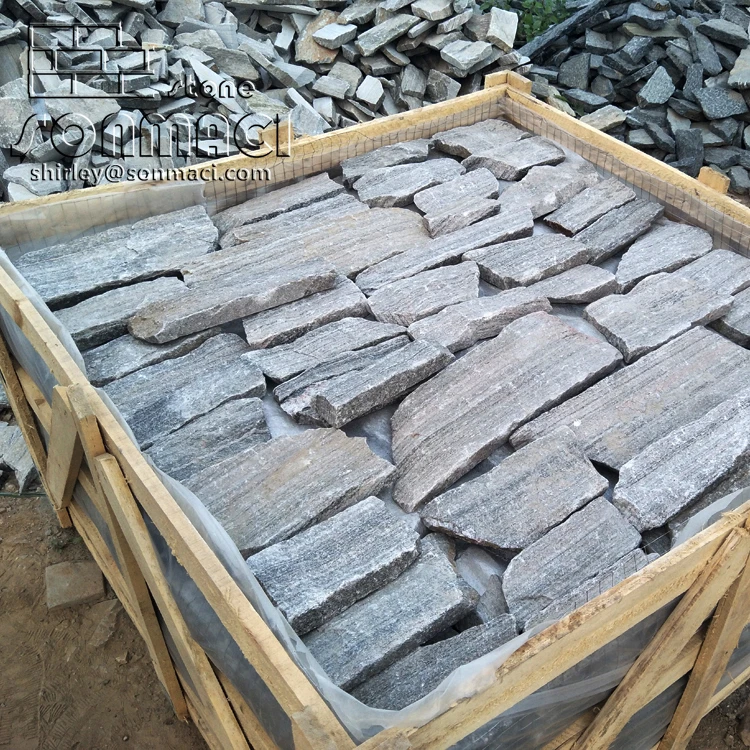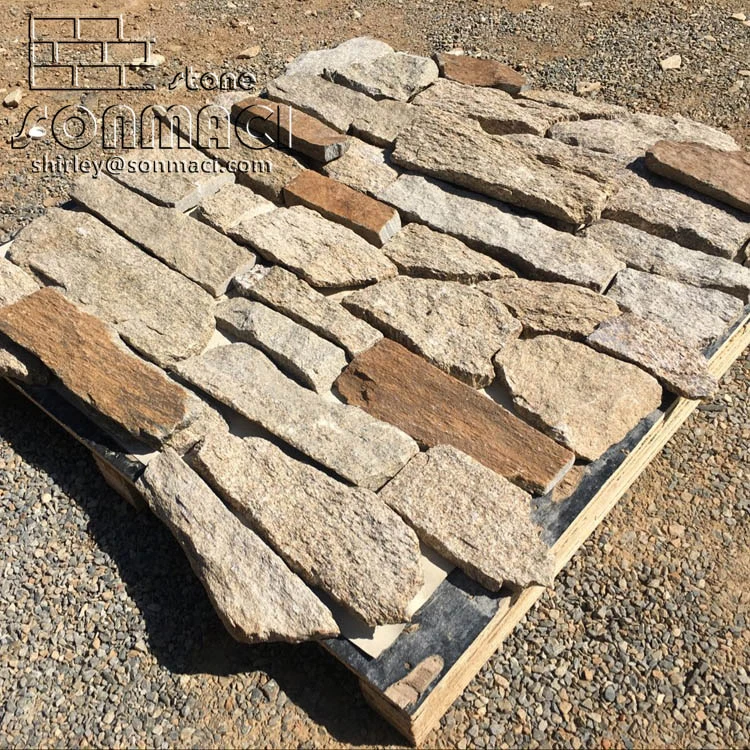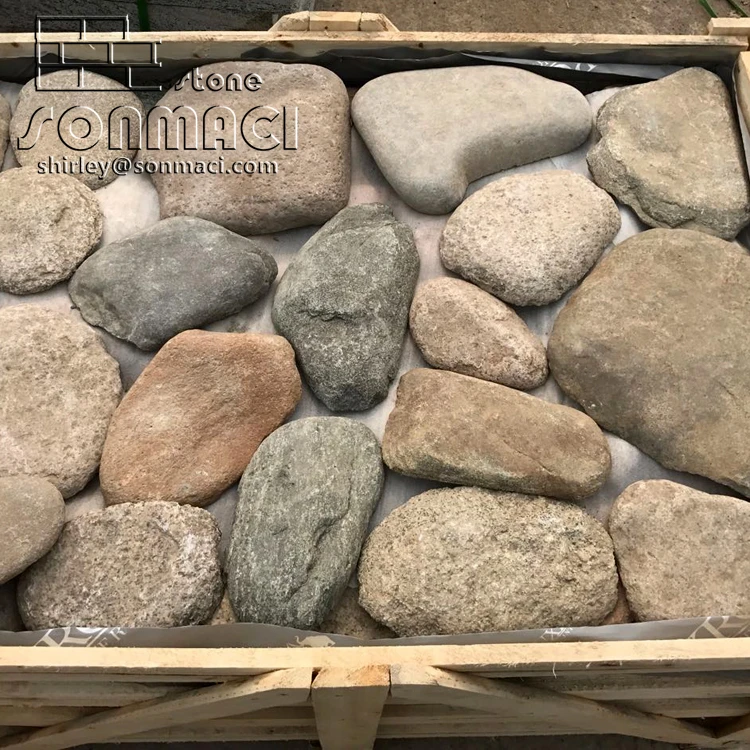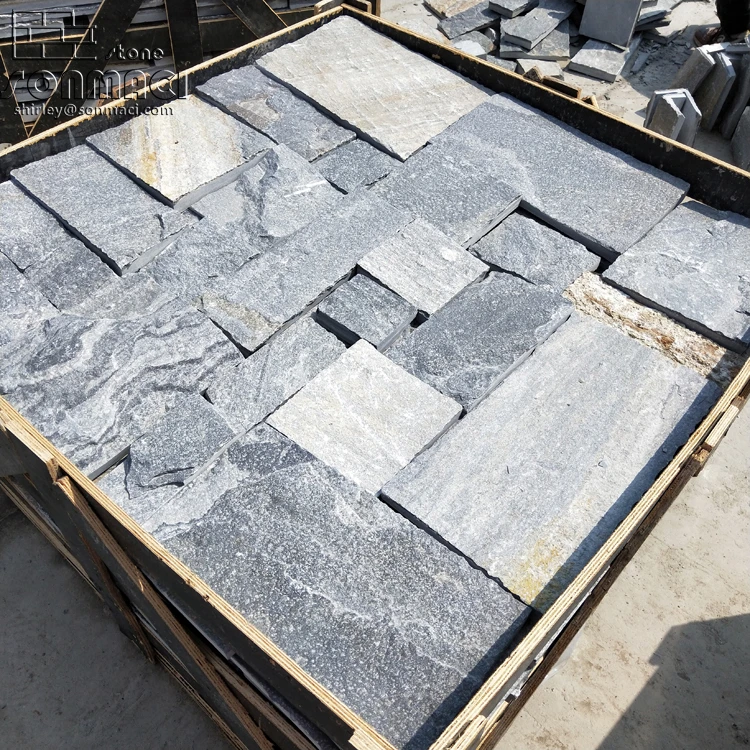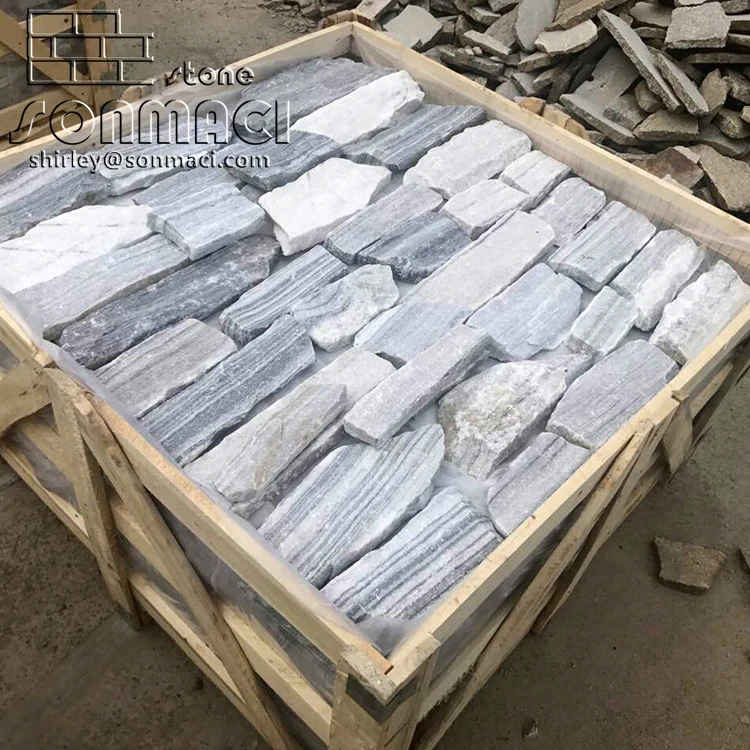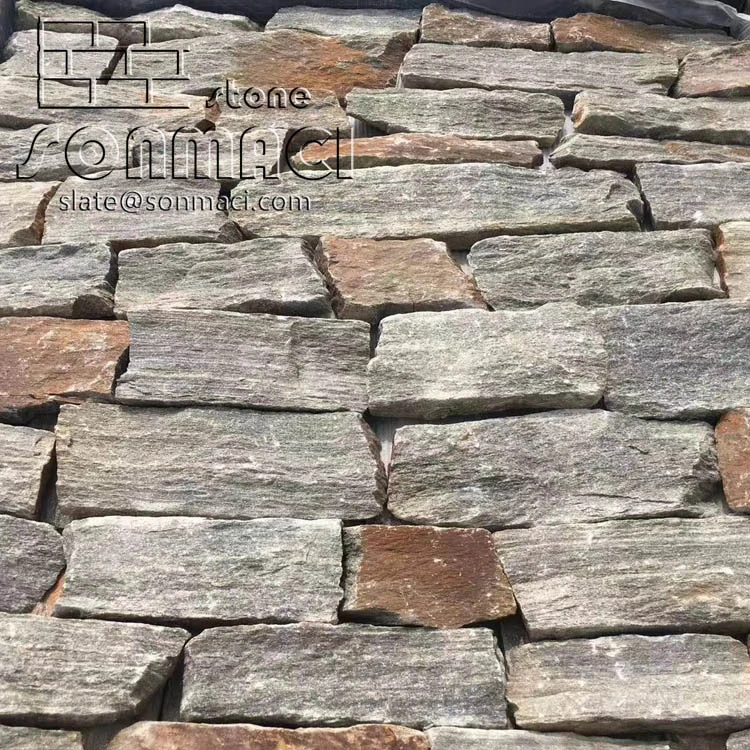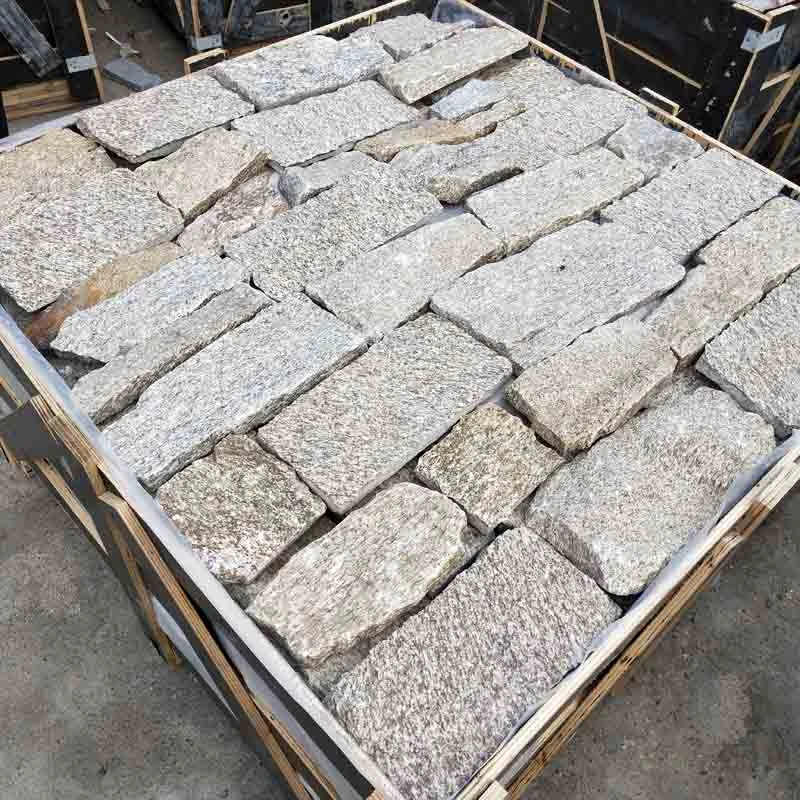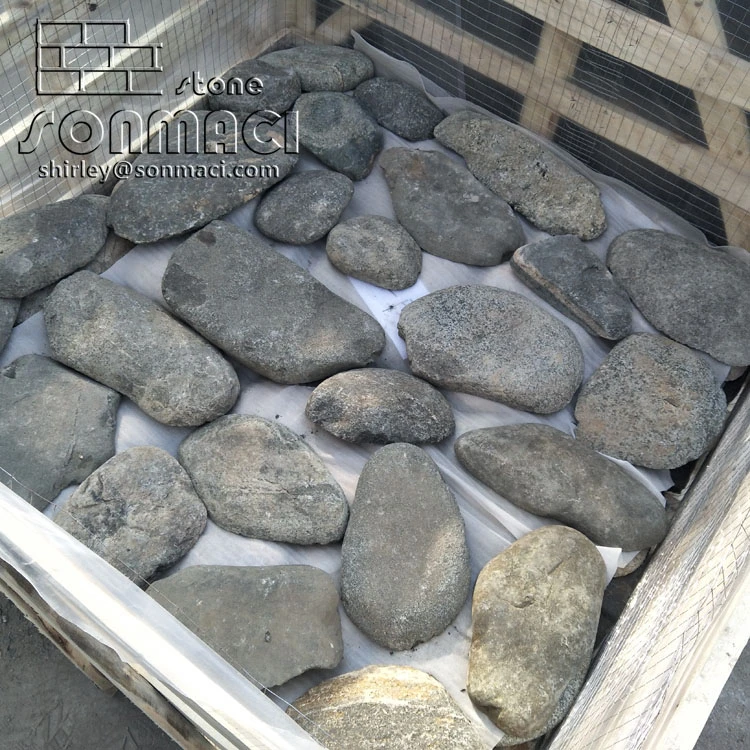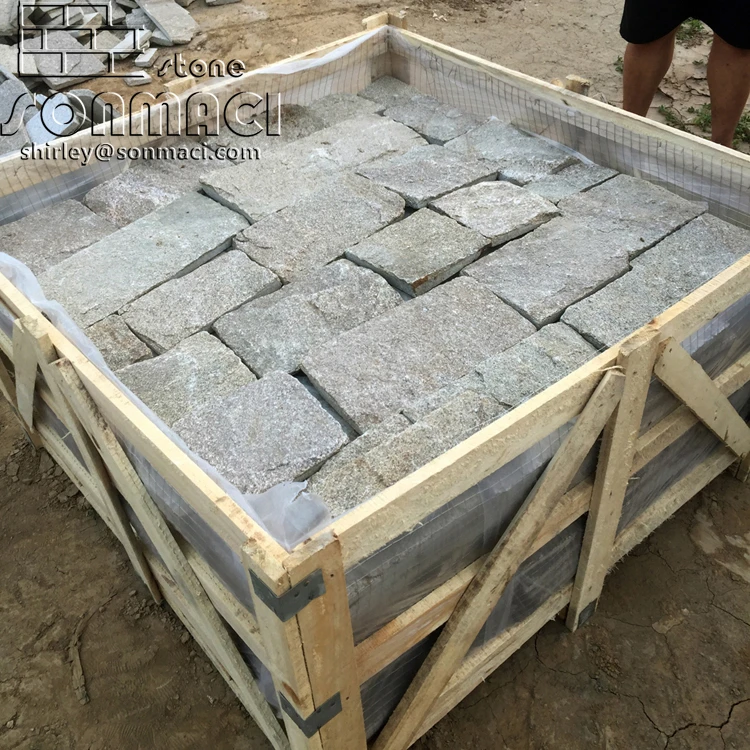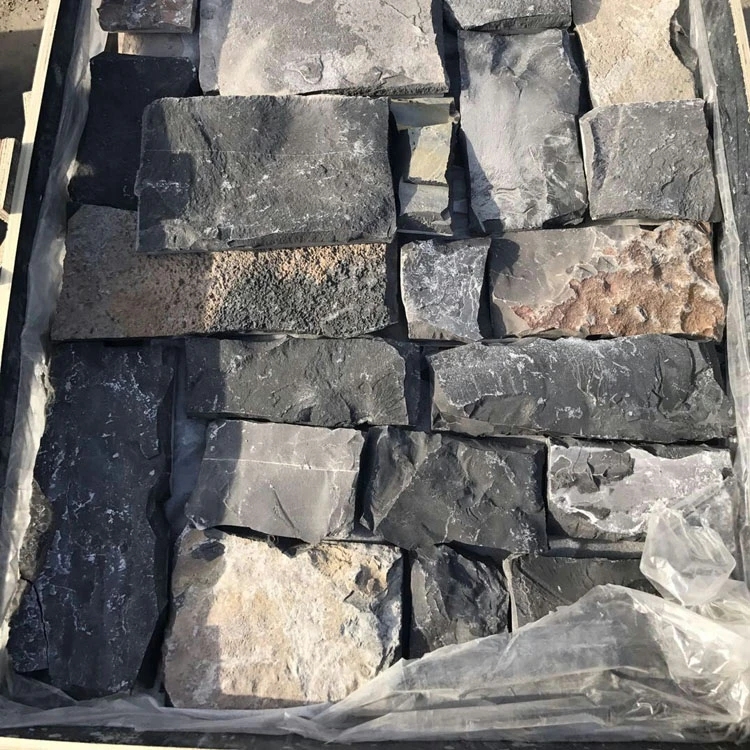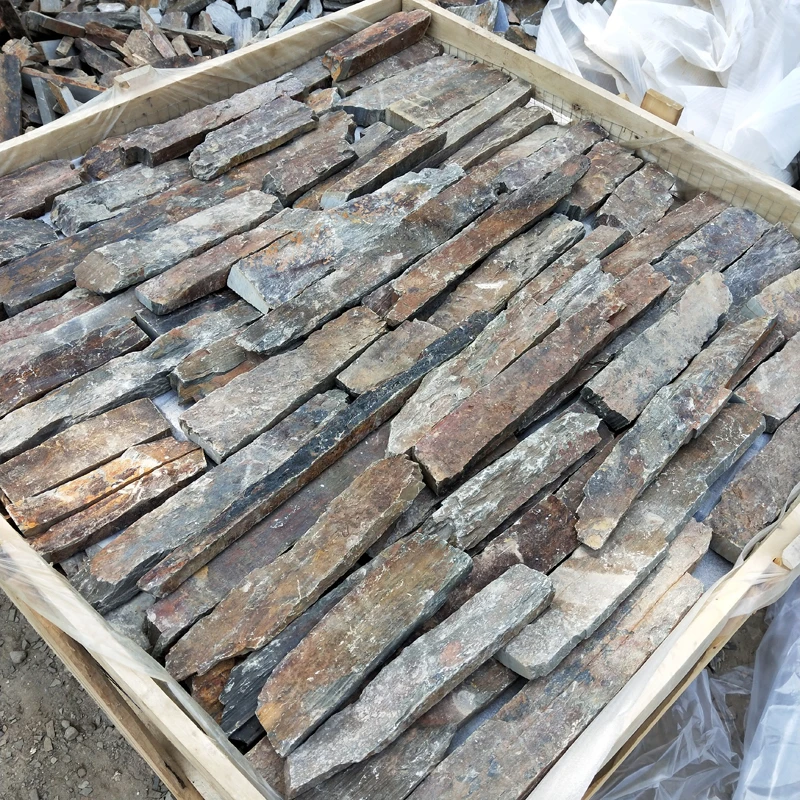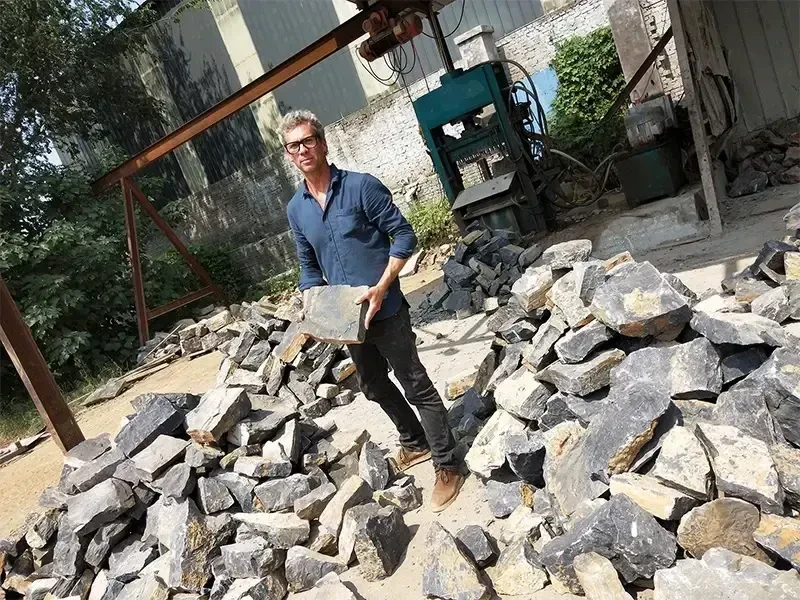Decorative Black Stone Wall Cladding Tiles
|
Item |
Decorative Black Stone Wall Cladding Tiles |
|
Material |
slate / marble and other stone |
|
Color |
white /green/black/ rusty and more available |
|
Feature |
Riched veins, solid texture and bright colors, low water absorption,Resist acid,light,fire and coldness. |
|
Usage |
For indoor and out door walls , floor and ground decorating . Such as the floor and wall of bath room , swimming pools , halls ,entrance ,floor in lift and so on . |
|
Size |
Length:2"-14" W:1"-6" |
|
Packing |
15sqm/crate, export standard |
|
Loading Port |
TIANJIN |
|
Payment Item |
30% T/T in advance and 70% balance at once against the copy of B/L |
|
Delivery Time |
15 days for one 20 FCL after receive the deposit |
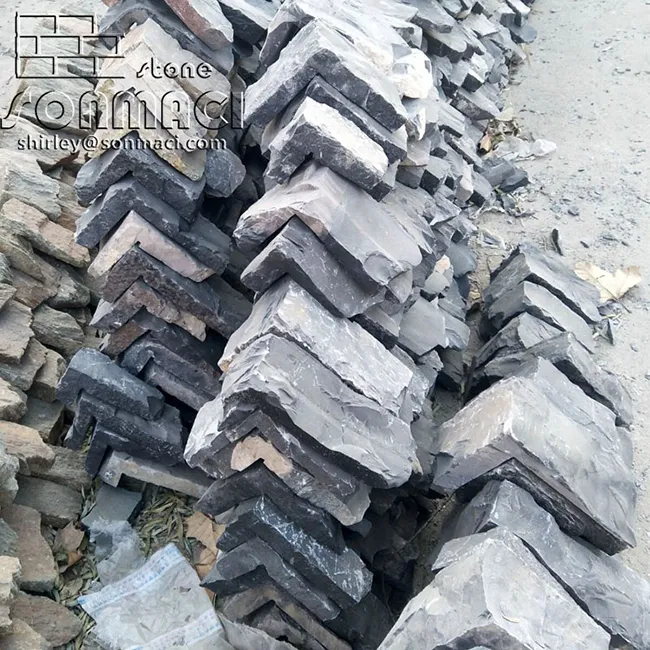
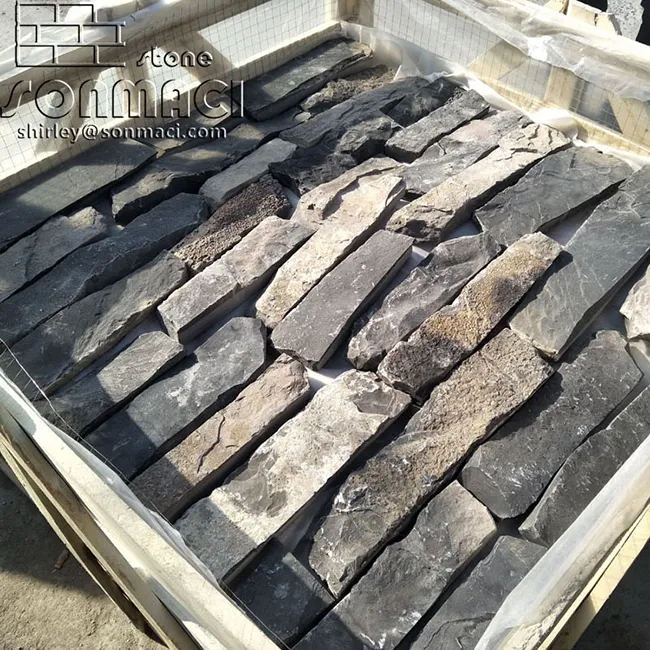
Natural Stone Panels for Exterior Walls
The use of natural stone panels on exterior walls represents the perfect marriage of geological artistry and contemporary engineering. These meticulously crafted stone elements bring the earth's raw elegance to building facades while overcoming the limitations of traditional stone masonry. Unlike conventional stone cladding that requires intensive labor and structural reinforcement, modern stone panel systems combine nature's aesthetic gifts with innovative installation technologies, creating exteriors that stand as testaments to both beauty and resilience.
At the heart of natural stone panels' appeal lies their ability to preserve authentic stone characteristics while adapting to modern construction demands. Advanced quarrying and fabrication techniques allow these panels to showcase the full spectrum of geological personality—from the swirling veining of marble to the crystalline sparkle of granite—in thicknesses that defy traditional expectations. The panels capture every fissure, mineral deposit, and color variation that makes natural stone unique, yet their precision calibration ensures consistent performance across entire building envelopes. This balance between nature's randomness and human precision gives architects unprecedented creative freedom to design striking exteriors without compromising on structural integrity or project timelines.
The technical sophistication behind contemporary stone panel systems reveals why they've become the choice for landmark buildings worldwide. Engineered backing systems and concealed mounting hardware allow stone to seemingly float on building facades, creating dramatic visual effects while accommodating structural movement and thermal expansion. These innovations overcome natural stone's traditional limitations—panels can now span greater distances without intermediate supports, resist seismic forces through flexible anchoring, and maintain their beauty despite exposure to harsh weather cycles. The result is exterior walls that appear hewn from solid stone yet perform with the precision of manufactured systems.
Environmental considerations further enhance stone panels' value in sustainable architecture. As a naturally occurring material requiring minimal processing compared to manufactured alternatives, stone carries inherently low embodied energy. Modern panel systems amplify this advantage through optimized material usage—slicing stone into thinner sections than traditional ashlar while maintaining durability—and through installation methods that improve building insulation. The panels' longevity becomes an ecological asset, with stone facades often outlasting the buildings they adorn, capable of being disassembled and repurposed rather than ending up as demolition waste.
Aesthetic possibilities multiply when working with natural stone panels. The same quarry can yield panels with dramatically different characters depending on cut orientation and finish—a single stone type might produce both rugged split-face textures for a fortress-like base and honed smooth surfaces for elegant upper stories. Designers can play with panel sizes to create visual rhythms across facades, from monolithic stone expanses to intricate mosaic-like compositions. The material's inherent variation ensures no two installations are identical, giving each building a distinctive personality that synthetic claddings cannot replicate.
Performance characteristics make stone panels particularly suited to challenging environments. Their natural density provides exceptional resistance to wind-driven rain, temperature extremes, and UV radiation. Unlike many manufactured materials that degrade noticeably over time, stone panels develop a dignified patina—their surfaces may weather slightly, but this only enhances their authentic character. In urban settings, stone's mass helps buffer noise pollution, while its thermal lag properties can contribute to passive climate control strategies.
